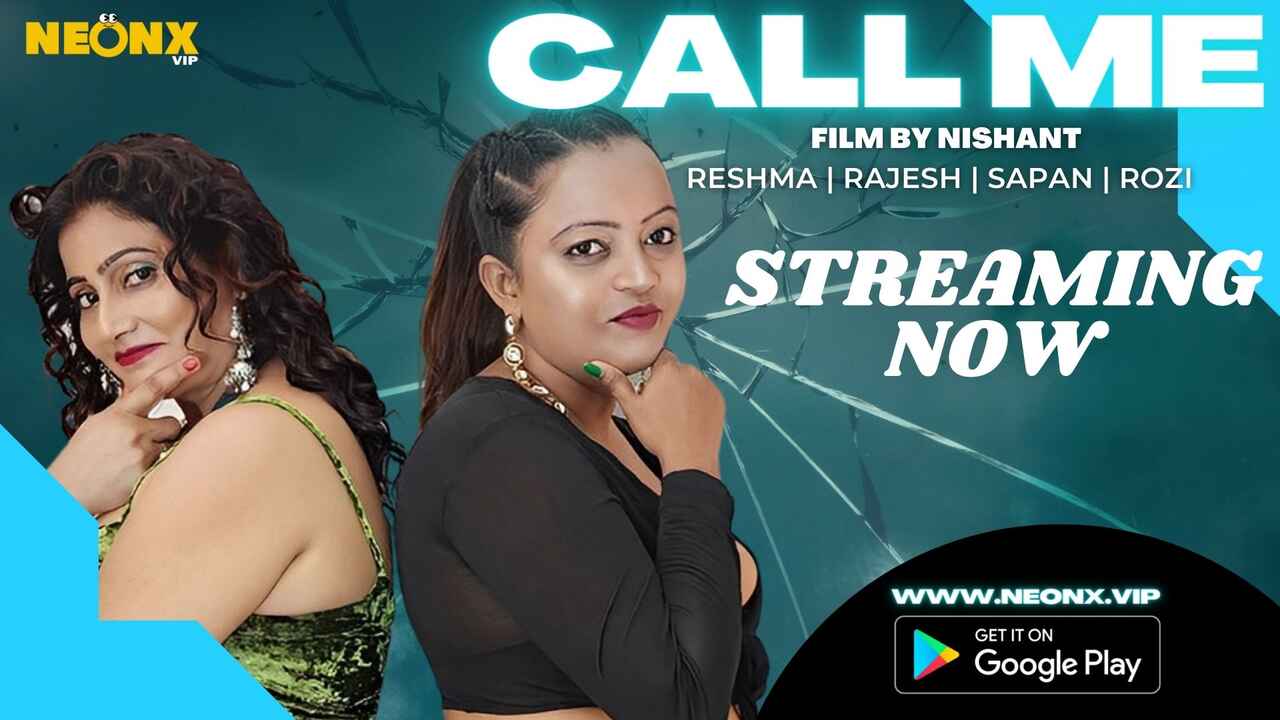Is the internet, in its boundless expanse, a realm of unfettered freedom, or a Pandora's Box of potential dangers? The proliferation of explicit content, readily accessible and often free, has become a defining characteristic of the online landscape, prompting a complex web of ethical, legal, and societal considerations.
The digital age has ushered in an unprecedented era of access, where information, entertainment, and connection are available at our fingertips. Simultaneously, this accessibility has fostered a parallel universe of adult content, ranging from the suggestive to the explicit. Websites and platforms dedicated to pornography have become ubiquitous, offering a seemingly endless stream of videos, images, and interactive experiences. This readily available content raises a multitude of questions: What are the implications for individual viewers, particularly young people? How does this content shape perceptions of sexuality, relationships, and consent? And what responsibility do tech companies, content creators, and governments bear in navigating this complex terrain?
One cannot ignore the sheer scale of this phenomenon. The content provided caters to diverse tastes, ranging from amateur productions to professionally filmed features. The terms used to describe this content are as varied as the material itself: "sex movies," "porn videos," "xxx vids," "hardcore sex clips," and more. Each term hints at the nature of the content, with the common thread being explicit sexual acts. Some platforms describe themselves as "free hosting services," while others boast about having "10 million+ sex vids available." This content is not confined to a single format or platform; it is distributed across various websites, apps, and social media channels, often employing sophisticated algorithms to tailor content to individual user preferences. The availability of content in HD and the ability to stream or download it further enhance its accessibility.
The landscape is not without its legal and ethical complexities. Websites typically include disclaimers, emphasizing that users must be of legal age to view the material. However, the verification of age remains a significant challenge, and the risk of underage individuals accessing this content persists. Concerns about exploitation, trafficking, and the potential for creating unrealistic expectations about sex and relationships are also frequently raised. The production of this content also brings to the forefront the question of consent, and whether the individuals involved are adequately protected.
Below is a table that presents data related to some of the most popular platforms associated with the content in question.
| Platform | Description | Features | User Base (Estimated) | Key Considerations |
|---|---|---|---|---|
| Xvideos | A free hosting service for porn videos, offering a wide variety of content. | User uploads, video streaming, various categories, new videos added frequently. | Millions of users worldwide. | Age verification, content moderation, risk of exposure to harmful content. |
| Xhamster | Pornographic video sharing website. | User uploads, video streaming, various categories. | Millions of users worldwide. | Age verification, content moderation, risk of exposure to harmful content. |
| Pornhub | One of the largest platforms for free porn videos. | User uploads, video streaming, various categories, full-length scenes. | Millions of users worldwide. | Age verification, content moderation, risk of exposure to harmful content. |
| Brazzers | A professional pornographic production company. | High-quality videos, exclusive content, subscription-based. | Millions of users worldwide. | Subscription costs, content quality and consent. |
The prevalence of this content has also sparked discussions around the ethics of free content versus paid content. The ability to access a vast library of adult material at no cost raises questions about the value of the content itself and the economic models that underpin it. The "free" nature of many platforms may be funded through advertising or through the collection of user data, which itself raises privacy concerns.
The influence of this content extends beyond the individual user. It has become a subject of increasing scrutiny in the context of media literacy and sex education. Educators and parents are grappling with how to equip young people with the critical thinking skills to navigate the complexities of the online world, including the ability to evaluate the information they encounter and understand the potential impact of the content they consume. The rise of the content also calls for a broader conversation about the role of societal values and their impact on content creators and consumers.
The role of technology in this digital landscape is complex. While technology enables the creation and distribution of this content, it also provides tools for monitoring, filtering, and controlling access. Governments and technology companies are constantly evolving policies and regulations to address the challenges posed by online explicit material, including age verification, content removal, and the promotion of responsible online behavior. Yet, the speed at which this technology is evolving, the global nature of the internet, and the anonymity afforded by some platforms make enforcement difficult.
One of the key issues surrounding this content is its potential impact on relationships and intimacy. Critics argue that it can create unrealistic expectations about sex, objectify individuals, and promote harmful behaviors. This can lead to distortions in how people perceive their own bodies and those of others, ultimately affecting their capacity for healthy and fulfilling relationships. The constant availability of this content can also contribute to an overemphasis on the physical aspects of sex, potentially overshadowing the importance of emotional connection and mutual respect.
While some see the accessibility of this content as a form of entertainment and a reflection of changing social attitudes towards sexuality, others are deeply concerned about its impact. The debate about how to address this complex issue is ongoing and involves a range of stakeholders. The dialogue involves content creators, technology companies, policymakers, educators, and the public. There is no easy answer, and the search for effective solutions requires a multifaceted approach, one that acknowledges the complexities of the online world and the diverse needs of individuals and communities.
The content also touches on the legal implications of online pornography. Laws related to obscenity, child pornography, and human trafficking are relevant. The enforcement of these laws varies by jurisdiction, adding to the challenges of content regulation. The cross-border nature of the internet means that content hosted in one country can be accessed in another, creating a complex legal framework that makes it difficult to regulate and control. International cooperation and collaboration among law enforcement agencies are essential for addressing these issues.
Another critical area of consideration is the potential for this content to normalize or even promote risky behaviors, such as unprotected sex, the use of illegal substances, or acts of violence. The constant exposure to explicit material can desensitize individuals to such behaviors, making them more likely to engage in them or accept them as normal. This is a particularly concerning issue for young people, who may not have the maturity or experience to critically evaluate the content they encounter online. Health professionals and educators have a significant role to play in providing accurate and age-appropriate information about sexual health and safe practices.
The role of the media in shaping public perception is important. The way the issue is covered in newspapers, magazines, and online news sources plays a role in shaping public opinion and informing the debate. Responsible journalism can help promote accurate information, highlight the potential risks associated with online pornography, and promote critical thinking skills. It can also give a voice to different perspectives, including those of sex workers, researchers, and advocates, providing a more nuanced understanding of the issue.
There are varying views regarding whether content serves as a form of entertainment, a vehicle for sexual expression, or an exploitative practice. Advocates argue that it provides a harmless form of entertainment and a space for exploring sexual fantasies. Critics, however, raise concerns about exploitation, consent, and the potential for harm. The diversity of opinions highlights the importance of continuing the conversation and examining the many dimensions of this complex subject.
The "We did not find results for: Check spelling or type a new query." messages, often displayed by search engines when a user's search terms do not yield relevant results, are a testament to the vastness and complexity of the digital world. They reflect the challenge of navigating an ocean of data and the limitations of search algorithms. These messages underscore the importance of refining search queries, exploring different search terms, and verifying information from multiple sources. When users are unable to find results, it may signal the user's query is too specific, the search terms are misspelled, or the requested information is not available in the public domain. The search results can be affected by different reasons, including privacy settings, censorship and lack of accessibility.
The issue also brings to the forefront the question of the role of consent. If you would like to learn more about consent and safe practices, here is a valuable resource: Scarleteen. The website offers comprehensive and accessible information for young people about sex, bodies, and relationships. It provides a safe and inclusive space to explore a wide range of topics.
Ultimately, the conversation surrounding explicit content involves an intricate interplay of technology, ethics, law, and individual choice. It necessitates ongoing discussion, education, and a willingness to address the challenges posed by the digital age. The goal is to create a safer, more informed, and more responsible online environment, allowing individuals to exercise their freedom of expression while mitigating the risks that may arise.


